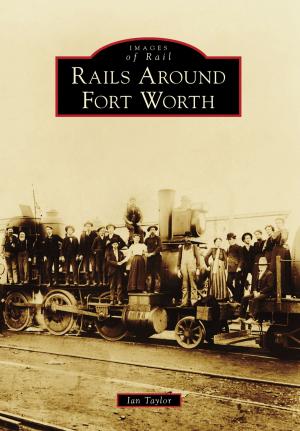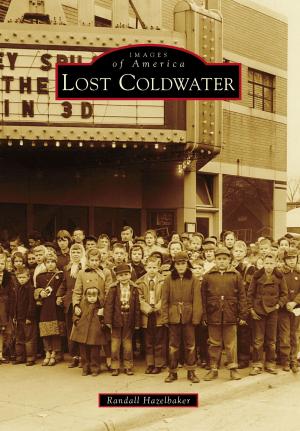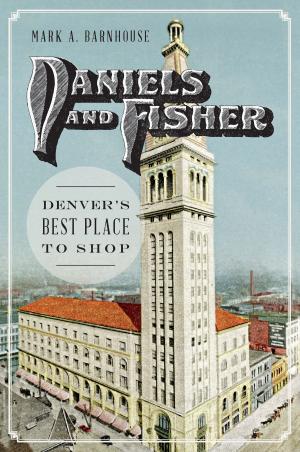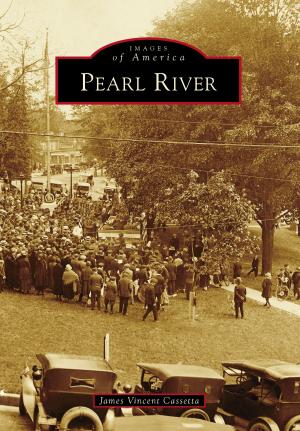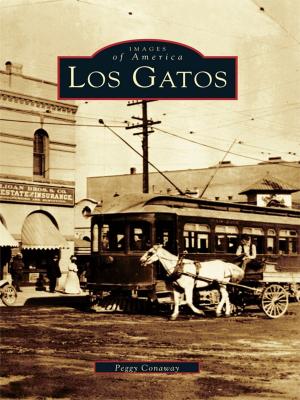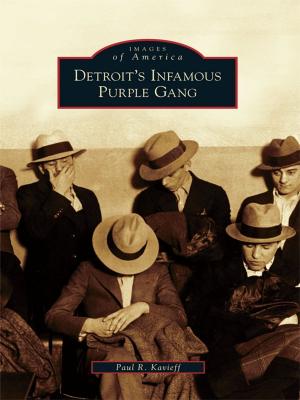South Philadelphia's Little Italy and 9th Street Italian Market
Nonfiction, Art & Architecture, Photography, Pictorials, History, Social & Cultural Studies, Social Science, Cultural Studies, Ethnic Studies, Biography & Memoir| Author: | Michael DiPilla | ISBN: | 9781439657812 |
| Publisher: | Arcadia Publishing Inc. | Publication: | September 19, 2016 |
| Imprint: | Arcadia Publishing | Language: | English |
| Author: | Michael DiPilla |
| ISBN: | 9781439657812 |
| Publisher: | Arcadia Publishing Inc. |
| Publication: | September 19, 2016 |
| Imprint: | Arcadia Publishing |
| Language: | English |
When the first Italian moved to the area near Catherine Street around 1798, it was mostly forest and field. It was considered Irishtown by the early residents. By 1852, an Italian church had been established for the community, and from the advent of mass migration beginning in 1876 grew Philadelphia's Little Italy. The original neighborhood was bound by the area from Sixth Street to Eleventh Street and Bainbridge to Federal Streets. Many of the early families--Baldi, Pinto, and Fiorella--established businesses in the area that continue today. Other beautiful buildings still left standing are remnants of the once thriving banking industry in this little neighborhood. As time progressed, the market expanded beyond its local neighbors. Italians throughout Philadelphia developed their own Little Italy communities to the north, west, and farther south of the original boundaries.
When the first Italian moved to the area near Catherine Street around 1798, it was mostly forest and field. It was considered Irishtown by the early residents. By 1852, an Italian church had been established for the community, and from the advent of mass migration beginning in 1876 grew Philadelphia's Little Italy. The original neighborhood was bound by the area from Sixth Street to Eleventh Street and Bainbridge to Federal Streets. Many of the early families--Baldi, Pinto, and Fiorella--established businesses in the area that continue today. Other beautiful buildings still left standing are remnants of the once thriving banking industry in this little neighborhood. As time progressed, the market expanded beyond its local neighbors. Italians throughout Philadelphia developed their own Little Italy communities to the north, west, and farther south of the original boundaries.




